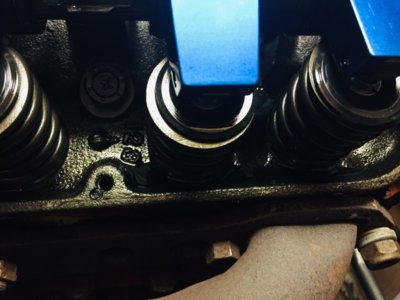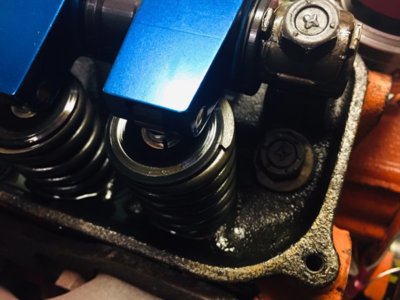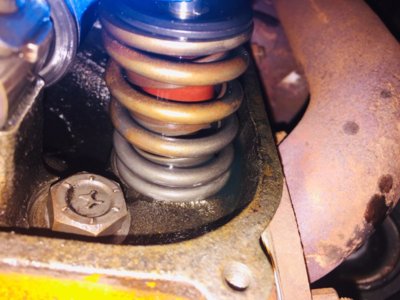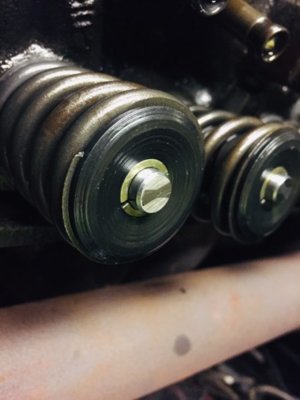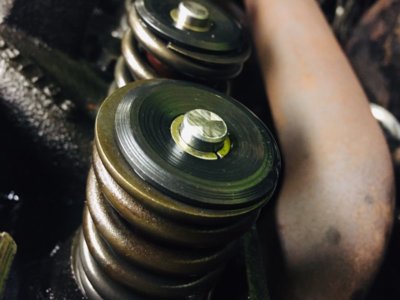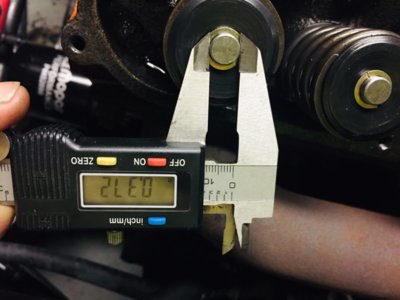LDA is the same as LSA? Lobe Separation Angle?
Oh yeah I forgot; LDA seems to have fallen out of vogue,lol. Yes, the same
Because i think i cannot handle any more names/specifics about camshafts by now

As you mentioned, Hughes specified an LDA 108, i measured 106.5.
Would that be measurement error or could there really be differences of 1.5* in a grind?
I assume all these cam grinds are CNC machined and should be very accurate.
No the error is probably a combination of the angle at which your equipment was, relative to perpendicular, in conjunction with the concave surface of the upside down lifter. This is more common than you might think. The indicator tip is a ball and if it rides up/down the concavity of the upside-down lifter, it skews the reading. If the indicator is not positioned on a parallel line to the lifters direction of travel; this will also skew the readings. And finally, if your TDC pointer is 2 degrees wide and on top of the degree wheel, then you have to estimate the reading. If you estimate down one time and up the other time, well there is 2 degrees right there.
I think you already covered the first episode of that.

And then, i think this time it will be easier than i was used to.
Tomorrow a next session of compression testing, i will get a valve spring compressor and some checking springs to use.
I was unable to use that type of compressor on my heads, there was no getting under the springs with it. I used this; from Hughes cuz that's where I was buying my new cam It worked well on my new HD valve springs that I ordered with the cam.
Was i right by how to check the PV clearance? Could use a dial gauge on the rocker arm to see what distance the valve is from the piston while pushing it down by hand at 5* crank intervals? Yeah I think that will work. To make it go quicker start with the piston at TDC on the exhaust stroke, and check that exhaust valve. Then turn the engine over backwards CCW from the front, until the minimum is discovered. If it is increasing, then go forwards, CW.
Millers method would be faster if the engine was out and you had flat-top pistons.
But I don't know if your engine has flat tops in there, and if not then the valves are gonna be down in the valve pockets and probably hard to access.
But then; if the engine was out, you could easily measure the total chamber volume by just pouring a light oil into it from a graduated container.
After i will get the engine prepared to remove and next time i am home pull it out and get some **** done!

